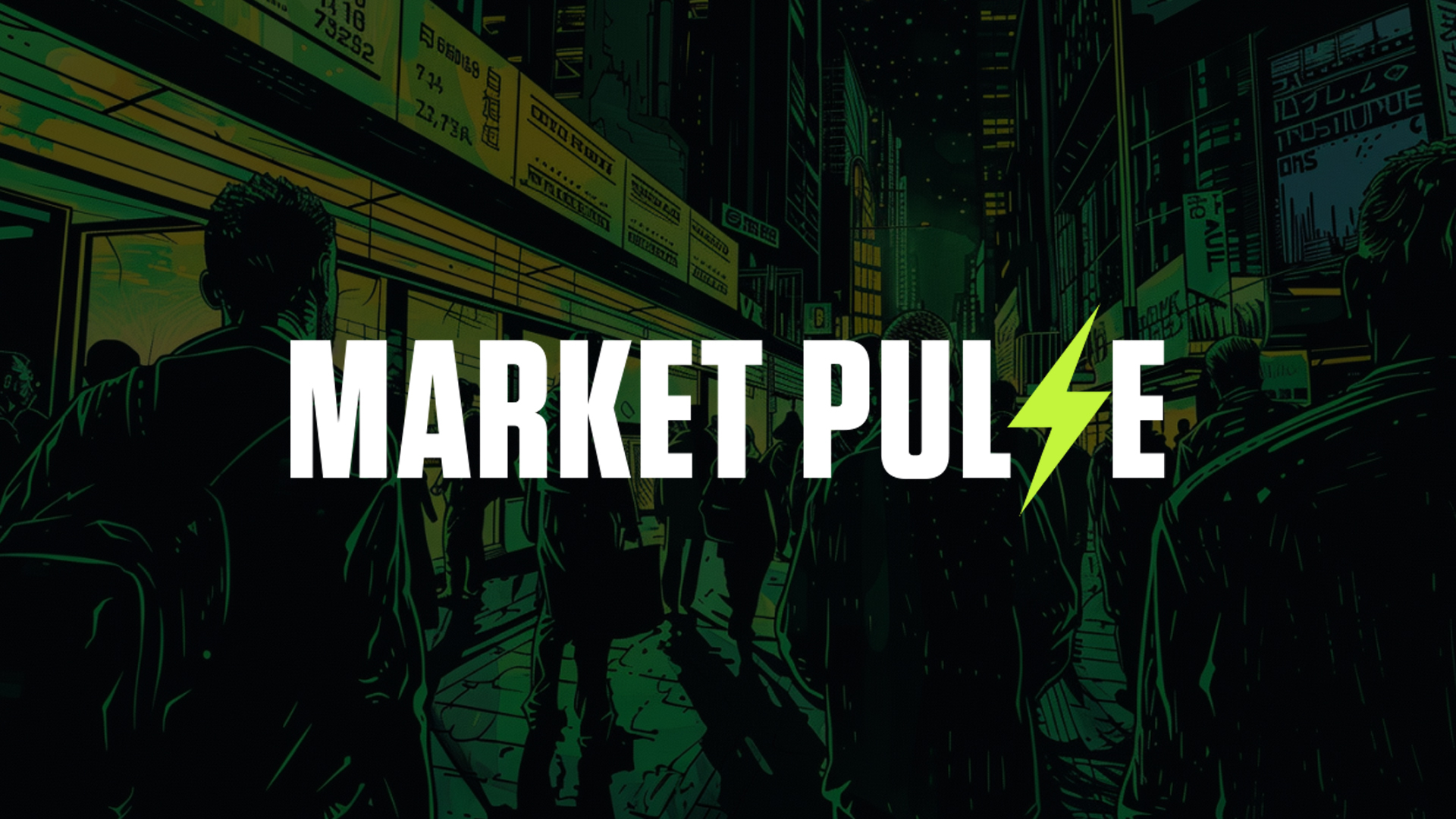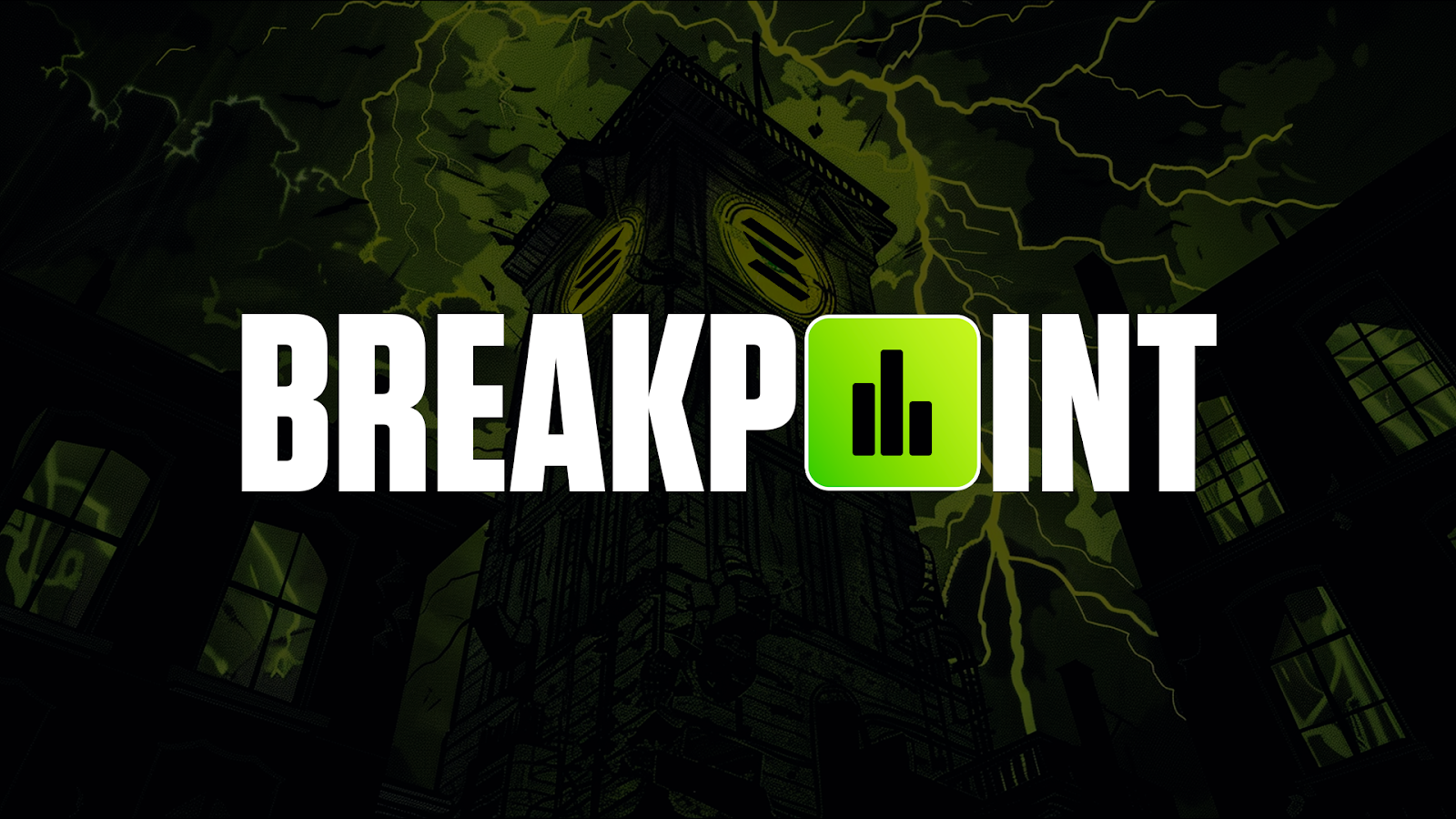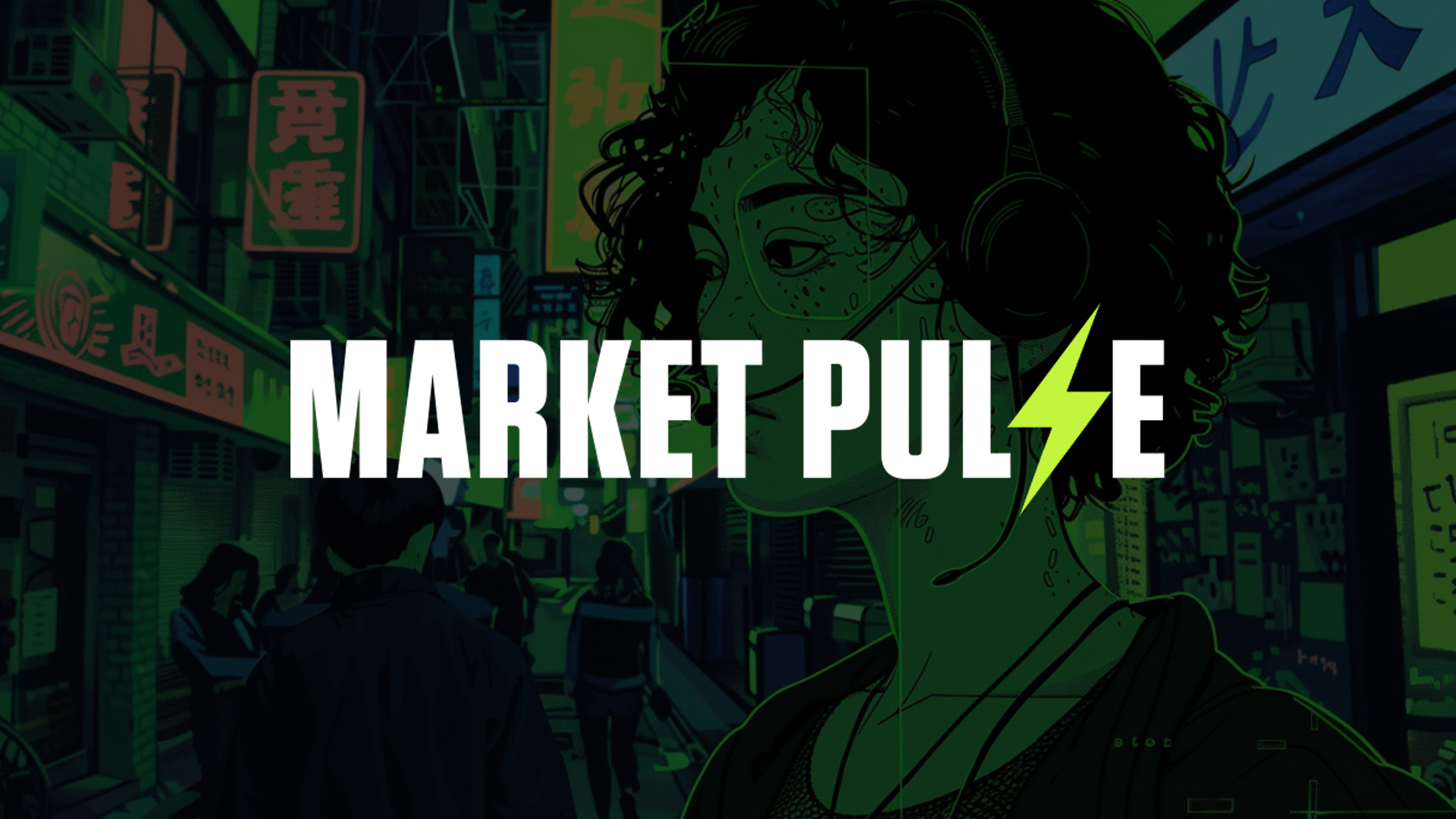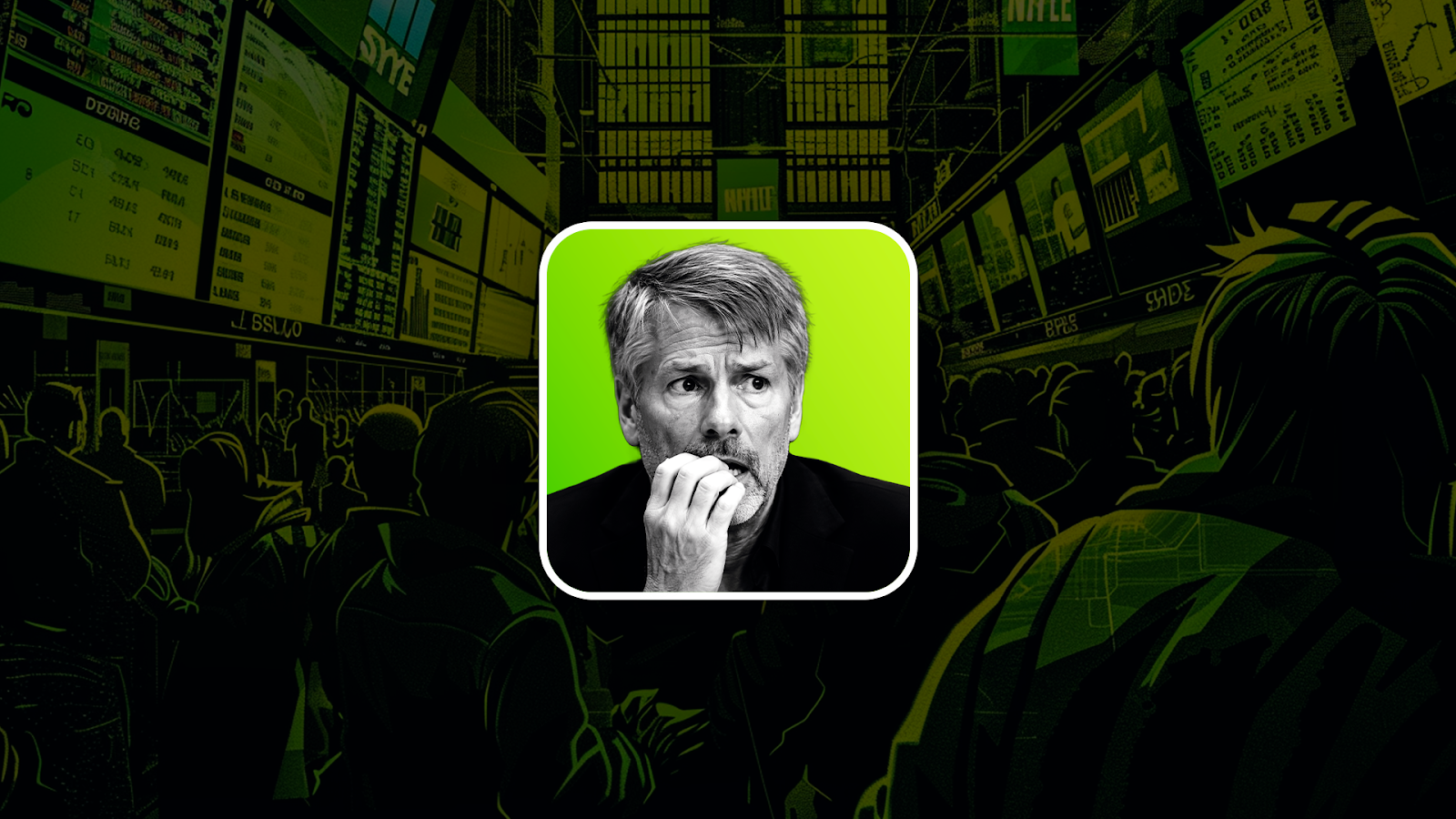How Developing Nations are Adopting Crypto
Fun Fact: Over $247B in crypto trading volume was generated by 151 million users in six developing countries; Vietnam, Philippines, India, Pakistan, Nigeria and Kenya, in 2021 and 2022.
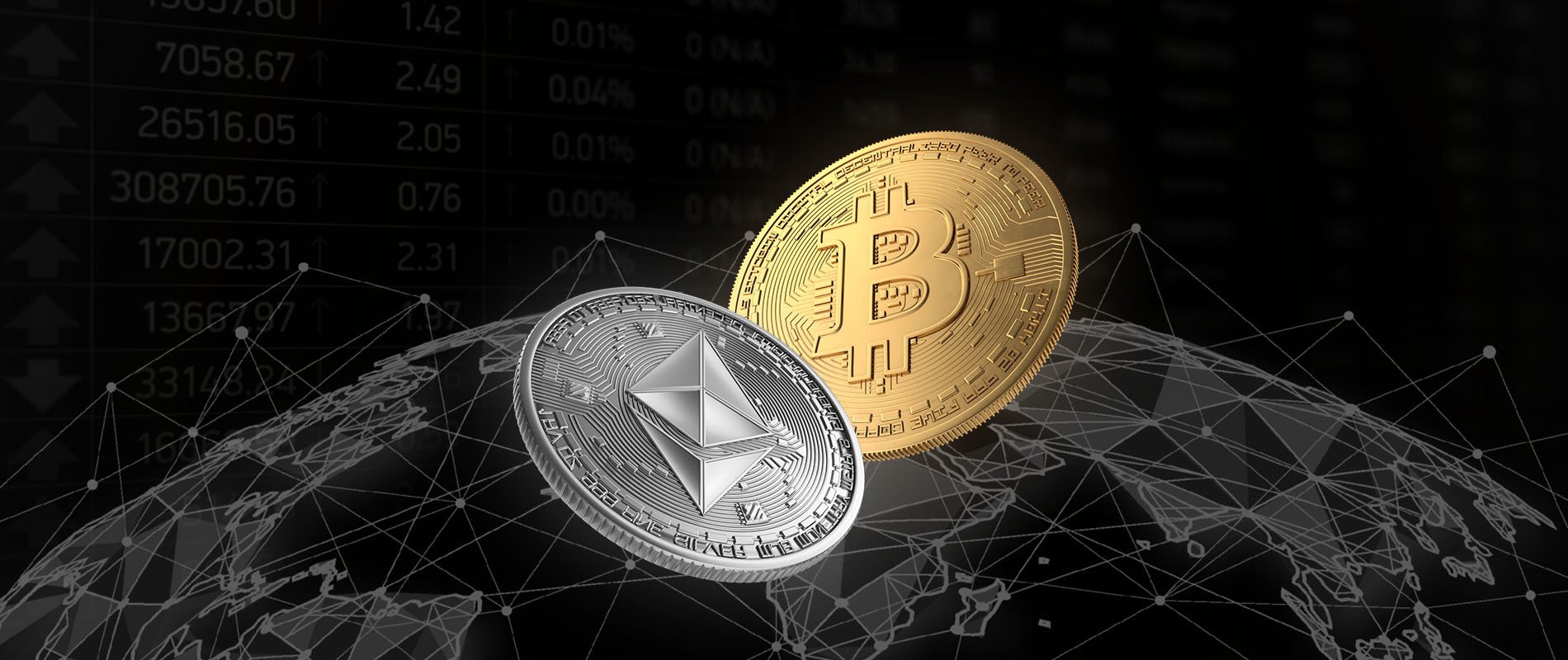
To describe such markets as untapped gold mines is hardly an exaggeration. From the bustling streets of Lagos to the remote villages of rural India, the rate of crypto adoption in these countries is at a tipping point. This has the potential to revolutionize the way millions of people access and use financial services, however, it also faces significant challenges that must be overcome.
TLDR
- Inconvenient financial policies are driving up demand for alternative financial services in developing countries.
- Although barely mainstream, crypto is the perfect substitute and presents a world of opportunity.
- The adoption rate of crypto assets and services is slowed down by (de)regulation, lack of education, and internet access, among other challenges.
- Greater opportunity exists in capitalizing on these numbers by providing blockchains solutions that underpin financial services, effectively “banking the bankless”.
Hard money for hard times
Amidst global speculation, the rate of cryptocurrency adoption in developing countries has continued to climb.Countries like El Salvador have led the charge, with the Central American nation adopting Bitcoin as legal tender (it recently repaid the $800M IMF loan that enabled the pioneering country to properly do so). This is a promising experiment on the federal adoption of BTC, a potential long term opportunity for the people of El Salvador to become more crypto-savvy and reap benefits from the asset’s volatility.
Other developing countries like Vietnam, India, Pakistan, Brazil and Nigeria are also pushing adoption way above average, although not with the same degree of government support. These lands have a few things in common; poverty, unstable fiat currencies, bad financial policies, and a host of other tells revealing inefficient financial systems that are more restrictive than helpful.
The solution is not far off.
Cryptocurrency, like Neo in The Matrix, solves many of these issues with miraculous computer code. The blockchain makes everything from cross-border payments to savings, investments, microfinance and collateralized loans easily accessible to everyone with an internet connection. Bitcoin also serves as an autonomous store of value, providing essential insulation from the tanking fiat.
While this kind of accessibility may not be a fascinating development in the UK, US, or Europe, more than 1.7 billion adults globally are unbanked, with the majority living in developing countries. And crypto can provide access to much more than basic financial services for these people.
DeFi, for instance, shows promise in developing countries. Modelled after traditional finance, without the industry’s many institutions and intermediaries, it employs sophisticated technologies to provide trading services backed by blockchain.
Truth be told, DeFi is nowhere near its full potential, its $49B market cap is minute compared to its centralized counterpart. Yet some are in it for the gains and they utilize DeFi instruments such as crypto derivatives, futures, options, indexes and more to access the market. A Chainanalysis global index actually confirms that the DeFi adoption rate is especially high in developing countries, as citizens eagerly embrace crypto as a means to financial freedom.
Empowering creator economies
In the long crypto winter that was 2022, NFTs also came into major prominence and opened new revenue streams for creators and entertainers to sell their content directly to the crypto community. Where ordinarily creators in developing countries had to think hard about the cost barriers of marketing their craft to the highly liquid West, NFTs bypassed the need altogether by granting access to anyone with a creative idea and an internet connection.For context, an anonymous Pakistani artist named “Pak” generated $92M on Nifty Gateway, one of the top NFT marketplaces for digital creators to showcase their art. In distant Nigeria, Osinachi sold his NFT at a Christie’s auction for $68,000. Artists like Pak and Osinachi can finally do more than just break even, they can thrive.
Even trendy meme content made the rounds, with the coffin dance creators selling their meme for over $1M.
The situation is almost reminiscent of the high renaissance era when creators were truly valued for their output, and it's spread across the board, benefitting big-name brands, musicians, filmmakers and writers alike.
Another interesting use for NFTs is gamification. Axie Infinity, the NFT-based, play-to-earn game developed by Vietnamese studio Sky Mavis, created a precedent in the budding crypto-gaming industry. Launched in 2018, the game was an instant unicorn, at its peak boasting 2.8 million players globally in 2022, 53% of whom came from developing nations.
While it's arguable that a majority of players flocked to the game for the financial reward in its money-making mechanism (some players earned up to $2,000 an hour), the native token $AXS reached highs of $164 before the Ronin hack that ultimately crippled its trajectory. The crypto game has struggled to recover, but this example serves as an inspiration for local game developers, crypto enthusiasts and investors alike of the potential for crypto gamification in developing countries.
Regulations and rules, where are we headed?
What all this points to is one solid conclusion - that developing countries are fertile ground for crypto markets across multiple segments. Although brimming with opportunity, this water is not without its piranhas.The most serious challenge to crypto adoption in developing nations is the government. Yes, pro-crypto policies have been implemented in El Salvador, but other national administrations are either completely ignorant of the technology, or exhibit a range of unsurprising reactions, from selective apathy to staunch opposition.
For example, in 2021, the Nigerian Central Bank placed a ban on the use of crypto, compelling banks to restrict accounts with evidence of crypto transactions. As a sign that the Nigerian people were actively seeking better financial solutions and not chasing a fad, following this many of the cryptocurrency-inclined citizens adopted P2P services.
The same unease about crypto is apparent in other under-served countries, including Algeria, Bangladesh, China, and Egypt. This has engendered a high level of uncertainty, and as a result, businesses and investors alike are unsure how to navigate these bureaucratic waters and invest in emerging crypto markets.
Compounding that, a lack of infrastructure - basic internet access, for instance - makes mainstream adoption in developing countries even more difficult. Not to mention the high barrier to entry; these countries have limited access to the financial services and funding that would ordinarily spur growth in local crypto markets.
Another challenge is the lack of education on the subject of crypto. For most, it represents nothing more than a hobby at best or a scam altogether. Knowledge of concepts crucial to understanding such assets is insufficient, so trust in cryptocurrency is frequently nonexistent.
Innovators and leaders
A prominent enterprise long devoted to the task of improving blockchain access and education is Binance. Aside from crypto market access, the exchange also has a considerable presence in a number of developing countries, offering free training modules accessible on the platform and seminars devoted to crypto outreach in these emerging economies.The market leader currently boasts a 24h trading volume of over $22B, at least 50% of which is generated by investors in developing nations, another testament to the hidden potential in these emerging markets.
Other examples can be found in blockchain developing programs and hackathons to onboard developers, train developers and increase the possibilities for unicorns to emerge on native chains. Among many others, this list includes Ethereum, Solana, Polygon, Chainlink, Near, and Oasis.
Some interesting technologies could potentially circumvent the infrastructure challenges entirely. A cell phone-based blockchain service in Africa called Machankura allows users to send and receive BTC payments without the need for an internet connection. The service is receiving significant takeup across the continent, and setting an interesting precedent on what's possible in these up-and-coming crypto markets.
Cryptonary’s Take
The challenge of crypto adoption in developing countries may seem daunting, but the spirit of people in those markets is one of dogged enthusiasm – after all, the promise of financial freedom and wealth is just too alluring.Given that, it’s important to focus on the development of infrastructure and education. Improving access to the internet and banking services should make it easier for people to explore crypto markets of their own volition. Imagine, for example, the unlimited options a structured crypto education could provide for the average Jola in places like Nigeria, where the Central Bank’s new banknote policy is causing havoc for its citizens.
Inconsiderate as they sometimes may be, government bodies must play an active part in building trust in the technology by creating fair regulations and sensible guidelines for the use of crypto, and by establishing good relations with financial institutions in the realm of digital assets
Disclaimer: This is not investment nor investment advice. Only you are responsible for any capital-related decisions you make and only you are accountable for the results.
Continue reading by joining Cryptonary Pro
$997/year
Get everything you need to actively manage your portfolio and stay ahead. Ideal for investors seeking regular guidance and access to tools that help make informed decisions.
For your security, all orders are processed on a secured server.
As a Cryptonary Pro subscriber, you also get:
3X Value Guarantee - If cumulative documented upside does not reach 300% during your 12-month membership, you can request a full refund.
24/7 access to experts with 50+ years’ experience
All of our top token picks for 2025
Our latest memecoins pick with 50X potential
On hand technical analysis on any token of your choice
Weekly livestreams & ask us anything with the team
Daily insights on Macro, Mechanics, and On-chain
Curated list of top upcoming airdrops (free money)
3X Value Guarantee
If cumulative documented upside does not reach 300% during your 12-month membership, you can request a full refund.
Our track record speaks for itself
With over 2.4M tokens and widespread misinformation in crypto, we cut through the noise and consistently find winning assets.
Our track record speaks for itself
With over 2.4M tokens and widespread misinformation in crypto, we cut
through the noise and consistently find winning assets.
Frequently Asked Questions
Can I trust Cryptonary's calls?
Yes. We've consistently identified winners across multiple cycles. Bitcoin under $1,000, Ethereum under $70, Solana under $10, WIF from $0.003 to $5, PopCat from $0.004 to $2, SPX blasting past $1.70, and our latest pick has already 200X'd since June 2025. Everything is timestamped and public record.
Do I need to be an experienced trader or investor to benefit?
No. When we founded Cryptonary in 2017 the market was new to everyone. We intentionally created content that was easy to understand and actionable. That foundational principle is the crux of Cryptonary. Taking complex ideas and opportunities and presenting them in a way a 10 year old could understand.
What makes Cryptonary different from free crypto content on YouTube or Twitter?
Signal vs noise. We filter out 99.9% of garbage projects, provide data backed analysis, and have a proven track record of finding winners. Not to mention since Cryptonary's inception in 2017 we have never taken investment, sponsorship or partnership. Compare this to pretty much everyone else, no track record, and a long list of partnerships that cloud judgements.
Why is there no trial or refund policy?
We share highly sensitive, time-critical research. Once it's out, it can't be "returned." That's why membership is annual only. Crypto success takes time and commitment. If someone is not willing to invest 12 months into their future, there is no place for them at Cryptonary.
Do I get direct access to the Cryptonary team?
Yes. You will have 24/7 to the team that bought you BTC at $1,000, ETH at $70, and SOL at $10. Through our community chats, live Q&As, and member only channels, you can ask questions and interact directly with the team. Our team has over 50 years of combined experience which you can tap into every single day.
How often is content updated?
Daily. We provide real-time updates, weekly reports, emergency alerts, and live Q&As when the markets move fast. In crypto, the market moves fast, in Cryptonary, we move faster.
How does the 3X Value Guarantee work?
We stand behind the value of our research. If the documented upside from our published research during your 12-month membership does not exceed three times (3X) the annual subscription cost, you can request a full refund. Historical context: In every completed market cycle since 2017, cumulative documented upside has exceeded 10X this threshold.















